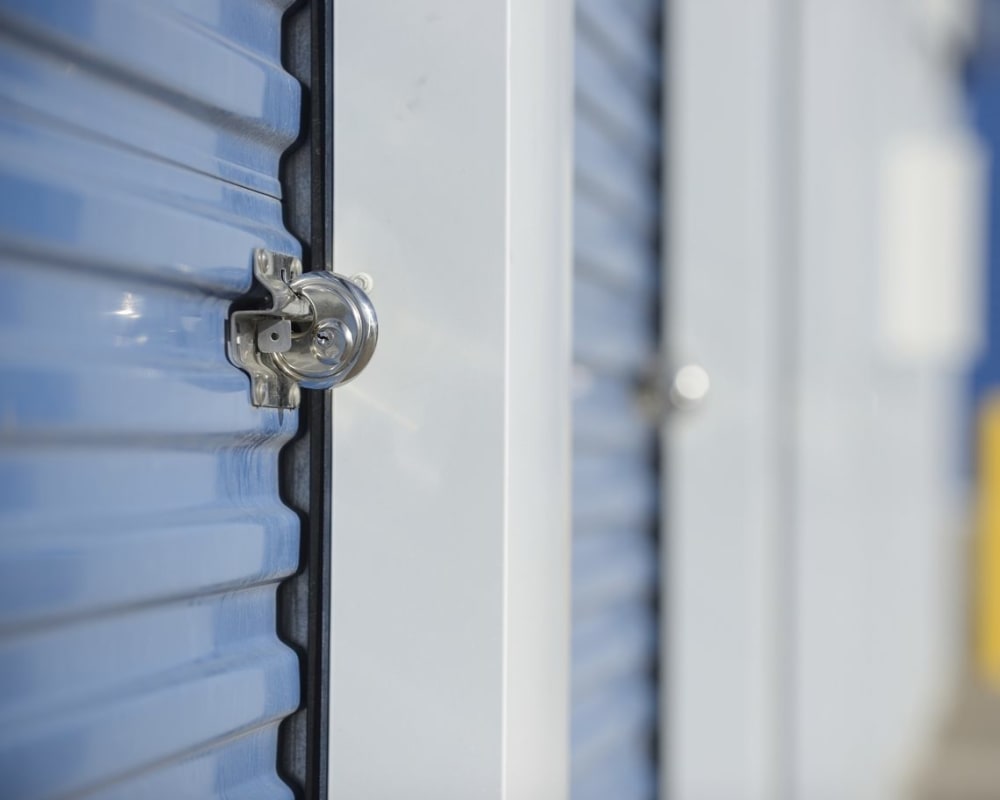If you're serious about bicycling, you'll want to take care of your ride during the months it's not being used. Taking the time now to prepare your bike for storage means it will be ready when favorable riding weather returns. Use these handy tips to help you get your bike ready for offseason storage.
1. Clean Hydration Items & Remove Electronics
The first step in storing your bike for the offseason is removing everything that isn’t part of the bike’s frame or moving parts. This includes bike bottles, the ride computer, and speedometer. Electronics, including safety lights, should be stored inside. A warm environment will maintain battery life and prevent damage to interior circuitry.
This is also a good reminder to clean your hydration system if you use a hydration pack. To clean your hydration bladder, use a solution of vinegar and water and then rinse thoroughly with hot water. Store your bottles and bladder with the cap removed. This ensures these items will be fresh and ready when you start riding again.
2. Clean & Inspect Your Bike
After an epic season of riding, now is the time to clean and inspect your bike. While it’s OK to use water to clean your bike, start with a soft-bristle brush to remove dried mud and dislodge dirt from hard-to-reach areas like your front fork or rear derailleur. After that, grab a rag to dust the remaining dirt from your bike frame, saddle, grips, and wheels. Cleaning the chain is next. This takes a bit more time but is easier if you use a bike repair stand. Wrap your chain with a clean, lint-free cloth and, as you backpedal, allow the chain to move through the cloth. Repeat until the rag remains mostly clean.
Cleaning your bike with such attention to detail also allows you to examine it. Inspect the frame, welds, wheels and tires, and brake pads. Look at the structural integrity of your frame, especially for fatigue points near weld spots. Spin your wheels to ensure your spokes are true, or in proper alignment, and look for excessive wear on brake pads.
3. Get a Tune-Up
If you don’t feel comfortable taking on the task of cleaning and inspecting your bike, consider having your local bike shop perform a tune-up. A professional bike mechanic will recommend the level of service your bike requires based on its condition.
Typically a tune-up covers cleaning and a detailed review of the drivetrain. Mechanics look for wear on your chain and chainrings and spend time degreasing and cleaning your derailleurs, brakes, rims, and wheels. They’ll true your wheels, too, by correctly tensioning your spokes and adjust the bearings on your headset and bottom bracket.
4. Inflate Tires & Lubricate Cables & Chain
Once your bike is clean, add air to the tires. You want to make sure your tires are inflated so that the weight of your bikes doesn’t rest directly on the rims, which happens when a tire is flat. Air in the tires prevents weak spots from developing in your tire’s sidewall.
Also, remember to lubricate your shifting and braking cables as well as your chain. For cables, add a small amount of lubricant to the exposed portion and slowly work it into the enclosed tubing. To lube your chain, add lubricant as you backpedal and wipe off any excess. This final step makes sure rust doesn’t set in during downtime and will help your chain move smoothly when you start riding again.
5. Storing Your Bike
While it’s not mandatory, storing your bike under a protected cover prevents excess dust from collecting on your bike while it sits through the offseason. Also, consider suspending your bike from a hook placed on a wall or ceiling. This ensures the weight of the bike doesn’t rest on the tires, which could harm your rims if your tires deflate during storage.
With these five tips in hand, your bike will be ready to roll when riding season returns. Check out Storage Etc. blogs for more tips on how to store your valuable items.


